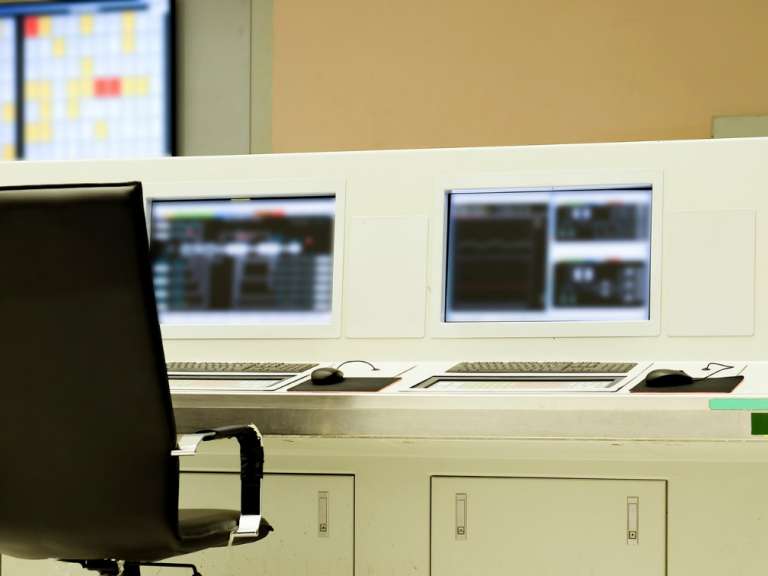The changing landscape of the power industry poses significant human resource challenges. With retirement looming for a large cohort of staff from the baby boomer generation, plant leaders must develop knowledge transfer best practices to ensure that vital information and skills are retained within the industry. Thus, having a process in place to transfer skills from seasoned, departing employees to newcomers will help plants implement succession planning, onboard younger staff and provide ongoing training to prepare the workforce to adapt to change brought on by new technologies.
A PwC report recommends that utilities quickly adapt to technology, resource, and demographic trends. It stresses the need to take an efficient approach to succession planning and knowledge transfer. The knowledge and commitment of the existing workforce must be harnessed as part of this. The same report points out that the way workforce changes are reshaping the risk profiles of power and energy utilities is posing challenges to their traditional control and compliance capabilities.
Knowledge Transfer Best Practices
Both the impending loss of skills and talent acquisition challenges pose a significant obstacle for the power industry. "Unless utilities organizations can find ways of successfully embedding the knowledge lost as seasoned workers leave — and persuading a younger generation that the sector offers career opportunities exciting enough to stick around for — they will struggle to keep America's lights on," PwC reports.
One approach to retaining information, pioneered at the Japanese utility Sendal and adapted by Canadian utility EPCOR under the title Project Knowhow, gave older workers handheld devices with a cloud-based application that enabled them to rapidly take field notes. For example, they could photograph and record the location of a transformer that was moved from its design location to avoid land prone to flooding. A sentence in the notes could explain that, because the transformer had needed replacement twice due to water damage, it had been moved to dryer ground nearby. In Japan, handhelds had been used by nuclear workers before Fukushima. The information about the plant was used in dealing with the aftermath of the tsunami.
Learning Styles
Technology has brought about a change in learning styles. While the baby boomer generation is often more accustomed to traditional, classroom-based learning and referencing printed instruction manuals, many millenials prefer an on-demand, technology-based approach.
In the same way that we have become accustomed to look to YouTube for instruction when we need to fix something, millenials favor using their phone or tablet to access videos, providing the information they need when they need it. This is where the virtual classsroom comes in. It entails teams from across the globe going online for interactive sessions with trainers and colleagues. Universities have been using virtual classrooms for a while, but in the past couple of years, aided by advances in IT, they have become faster and more powerful, thus gaining widespread acceptance and utilization. The ability to share knowledge and experience with colleagues, regardless of their geographical location, represents a great savings on travel time and expense. For plant operators, development of the "digital twin," a virtual reality power plant, has opened up a new way of preparing for projects. Donning a set of goggles enables staff and trainees to do a virtual walkthrough of the plant and of the tasks to be performed.
Tackling the Demographic Challenge
A decade ago, the U.S. nuclear energy industry included a large cohort of workers who were approaching retirement. Faced with this demographic cliff edge, the industry worked collectively to ensure appropriate pathways for training the people needed to maintain the industry. The country now has a robust nuclear workforce pipeline system that provides enough new workers to operate U.S. nuclear power plants and infrastructure for the coming decades. How was this change brought about?
In 2001, the Nuclear Energy Institute (NEI) started conducting workforce surveys to capture the size, shape, and detail of the aging workforce issue in order to define the problems. It was clear that with a large cluster of nuclear professionals approaching retirement, a younger workforce must be brought in to replace them in a timely manner.
NEI set up an industry workforce working group to evaluate data and produce a strategy. The supply chain, utilities, government, and academia joined in. The outcome is a coherent education and training structure supplying a range of recruits to the industry. In attracting technicians and support-level staff, the working group decided to focus on two-year, associate degree-level community college courses. Courses are concentrated in 27 schools, and the programs are designed to lead into specific jobs in the industry. When the technicians finish their training, they are able to move into well-paid jobs that offer potential career pathways into management.
The U.S. now has a wide range of nuclear training programs, including more than 30 university nuclear engineering programs, 27 community colleges training nuclear technicians, and six nuclear mechanic apprenticeships. These talent pipelines can provide all the new workers needed to operate the 99 U.S. nuclear power plants. The industry demographic is now a healthy mix of ages, and the concern about workforce shortage has been alleviated — for the nuclear industry, anyway. The profile of the nuclear workforce has been changed in a remarkably short time, according to the NEI. This experience demonstrates how collaborative working can bring about a change in the workforce demographic, creating a more sustainable industry going forward. Other segments of the energy industry can look to U.S. nuclear training programs for examples of knowledge transfer best practices.
